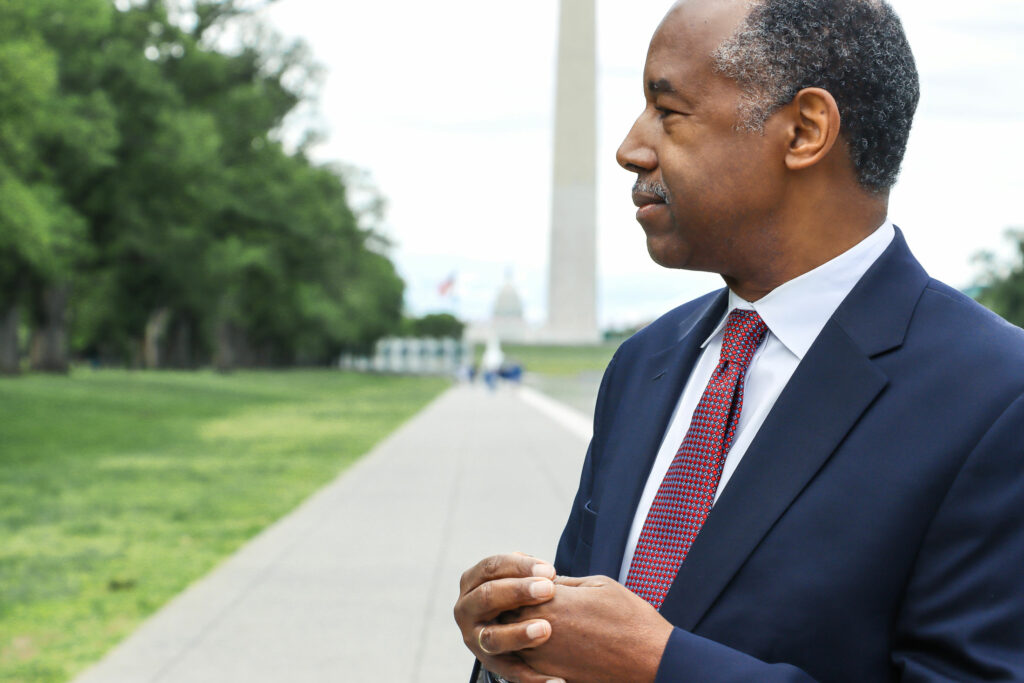 The filibuster is a parliamentary procedure in the United States Senate that allows for prolonged debate on proposed legislation, in an attempt to delay or prevent a vote on a bill. The term “filibuster” comes from the Dutch word “vrijbuiter,” meaning “pirate” or “freebooter,” which evolved into the Spanish “filibustero.” Colloquially, it refers to obstructionist parliamentary tactics.
The filibuster is a parliamentary procedure in the United States Senate that allows for prolonged debate on proposed legislation, in an attempt to delay or prevent a vote on a bill. The term “filibuster” comes from the Dutch word “vrijbuiter,” meaning “pirate” or “freebooter,” which evolved into the Spanish “filibustero.” Colloquially, it refers to obstructionist parliamentary tactics. The origins of the filibuster can be traced back to the earliest days of the U.S. Senate. Although not explicitly mentioned in the Constitution, the filibuster emerged as an unintended consequence of a rule change in 1806. At the urging of Vice President Aaron Burr, the Senate eliminated the “previous question” motion, which allowed a simple majority to end debate and force a vote. This removal inadvertently created the opportunity for senators to extend debate indefinitely.
The filibuster has played a significant role in shaping American politics, used by the minority party to block legislation or nominations they oppose. It has been both praised as a tool to protect minority party rights and criticized as an obstacle to democratic governance.
The first recognized filibuster occurred in 1837 when a group of Whig senators filibustered to prevent allies of President Andrew Jackson from expunging the censure against him. Throughout the 19th century, the filibuster was used sparingly but gained more prominence in the 20th century. Notable filibusters include Strom Thurmond’s record-setting 24-hour and 18-minute speech against the Civil Rights Act of 1957 or Ted Cruz’s 21-hour filibuster against Obamacare where he read children’s books and other documents from the founding fathers.
In 1917, the Senate adopted Rule 22, known as the cloture rule, which allowed a two-thirds majority to end a filibuster. This was in response to a group of anti-war senators who filibustered a bill to arm merchant ships during World War I. The cloture threshold was later reduced to three-fifths (60 votes) in 1975, which remains the standard for most legislation today.
In 2013 the Democratic majority, led by Senator Harry Reid, invoked the “nuclear option” to eliminate the filibuster for most presidential nominations, except for Supreme Court nominees. This move was prompted by the Democrat majority being unable to resolve Republican obstruction of President Obama’s judicial and executive branch nominees, thus a 50-vote threshold for nominees became the norm.
The elimination of the filibuster for judicial nominees was further extended in 2017 when the Republican majority, under Senator Mitch McConnell’s leadership, abolished the filibuster for Supreme Court nominations. This change allowed for the confirmation of Neil Gorsuch to the Supreme Court with a simple majority vote, rather than the previously required 60 votes.
Currently, the legislative filibuster remains in place for most bills, requiring 60 votes to invoke cloture and end debate. However, there are exceptions to this rule. Budget reconciliation bills, which are limited in scope to budget-related matters, can pass with a simple majority. This process has been used to pass significant legislation such as parts of Obamacare and the 2017 Tax Cuts and Jobs Act.
The current status of the filibuster is a topic of intense debate in American politics. Critics argue that it has become a tool of obstruction, effectively requiring a supermajority for most legislation and contributing to gridlock in Congress. Supporters contend that it serves as a crucial check on majority power and encourages bipartisan compromise.
In recent years, there have been increasing calls to reform or abolish the legislative filibuster, particularly from Democrats (including Presidential Candidate Kamala Harris) frustrated with Republican/minority party obstruction of their agenda. Proposed reforms include lowering the threshold for cloture, requiring “talking filibusters” where senators must continuously hold the floor (i.e. Ted Cruz or Strom Thurmond), or eliminating the filibuster entirely for certain types of legislation.
While there is growing pressure from progressive Democrats to eliminate the filibuster, the future of this hundred-year-old procedural quirk in our government remains uncertain. Moderate senators from both parties have expressed reluctance to make such a drastic change. Some fear that abolishing the filibuster could lead to rapid policy swings as control of the Senate shifts between parties.
The filibuster continues to play a central role in Senate procedure and ensures that a supermajority of Senators (usually from competing political parties) agree on important legislation. As the political landscape evolves, the future of this long-standing tradition remains a subject of intense debate and speculation.

